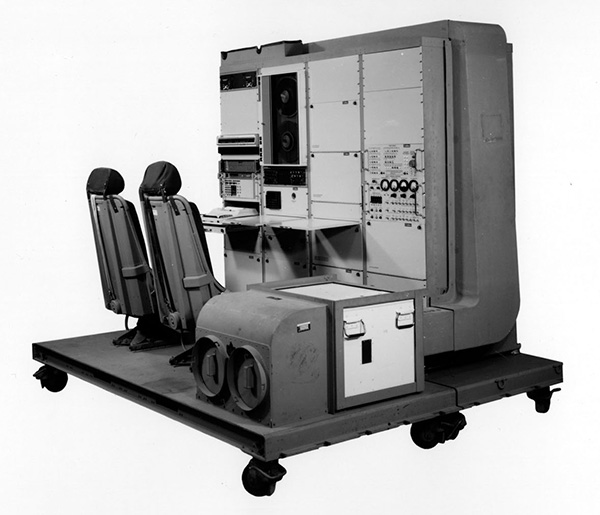Mit GPS-Geräten arbeiten wir alle, bewusst beim Geocachen, Erfassen von Open Street Map-Daten, beim Nutzen unseres Navigationssystems im Auto, berufllich vielleicht beim Vermessen und mitunter eher unbewusst bei der Smartphone-Nutzung (Karte, Photo, Navi). GPS ist quasi immer dabei, wir nutzen es ständig. Aber wusstet Ihr schon, dass das GPS 1977 das Licht der Welt erblickte und nun 40. Geburtstag feiert?
Details findet Ihr bei Galileo im Artikel „First GPS signal received 40 years ago“.

1977: Der erste GPS-Empfänger (Quelle: http://galileognss.eu/wp-content/uploads/2017/07/first-GPS-receiver-station-Rockwell-Collins.jpg)






 Horizont (Sichtbarkeit bis) vom Brocken
Horizont (Sichtbarkeit bis) vom Brocken Panorama vom Brocken aus
Panorama vom Brocken aus Profile vom Brocken zum Petersberg
Profile vom Brocken zum Petersberg

